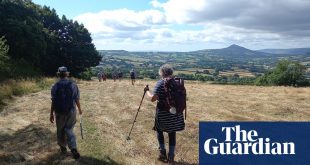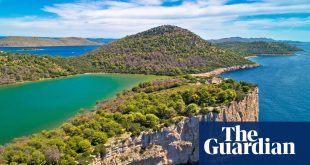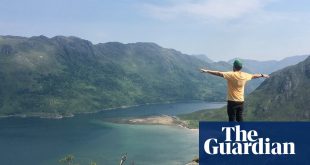You can clearly see Clarion House from high up on the ridge between Barrowford and Roughlee. Not only because it stands alone on a green slope, nor because it is handsome and proud, though it absolutely is. No, you can see it because of the red – bright, beautiful, luscious scarlet, the glowing red of the Red Flag, the Independent Labour Party (ILP) logo, the Lancashire rose and the clenched fist of International Socialism.
I saw Clarion House for the first time by chance as I was driving back from Roughlee, after showing my brother and nephew the metal statue of Alice Nutter. She was the one Lancashire “witch” who had more than two ha’pennies to rub together but was nonetheless hanged for her sex, or her stubbornness. There, by the roadside, was a pretty single-storey red-and-white building, with a simple trumpet for its logo and a fascinating information board about the local Labour movement, and about radical rambling and cycling. I didn’t loiter but I was curious. Why hadn’t I been taught about the Clarion Houses before?
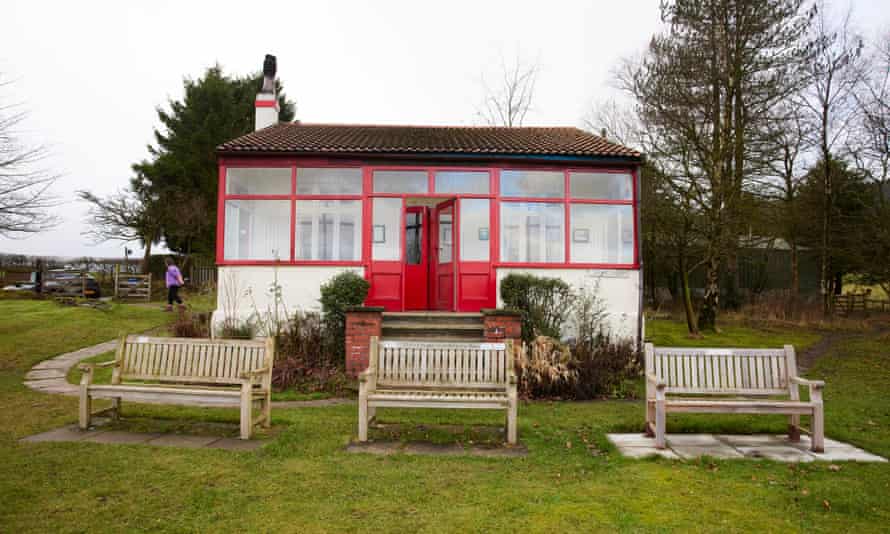
I got to see a bit more of the place when I joined an activity day organised by the excellent Pendle Hill Partnership. After a short walk and some male bonding and craft-type work in the lovely garden, I took a closer look. The house was built in 1912 by the Nelson branch of the ILP along Arts and Crafts lines. Inside were posters from the Spanish civil war, a photograph of Keir Hardie, a beautiful piece of stained glass, and a banner emblazoned with “Workers of the World Unite”. Soft sunlight streamed in through the many windows. Long benches were laid out for reading the Morning Star or, more likely, for a natter. As one of my crafting comrades remarked: “This place has a special feeling, a warm feeling.”
A few weeks later, I joined a Clarion-themed walk with local guide Nick Burton, set up by Mid Pennine Arts as part of its Pendle Radicals programme. This time I had the chance to linger and loiter, enjoy a pint mug of tea served by Charles Jepson – sporting a shiny Clarion Cycling Club jersey and a superb moustache – and learn a bit more.
Clarion House is a vestige of a better past and a symbol of a possible future. In essence, it was a meeting and resting place for workers from nearby mills and factories, who had come up into the countryside around Pendle Hill to escape the grime and noise of increasingly congested towns such as Colne and Brierfield.
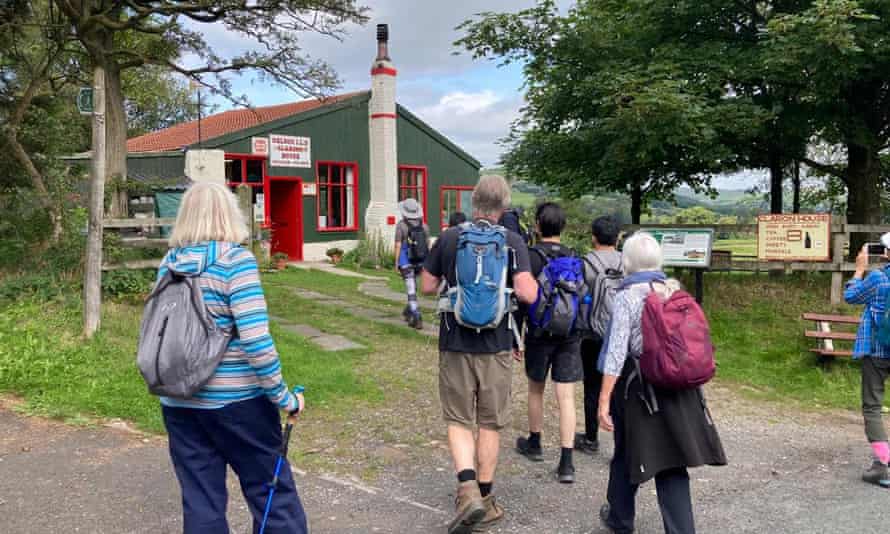
It was the third such house in the area, two previous rented sites (a terrace at Thorneyholme Square and Nabs Farm, which we saw on our walk) having proved unsatisfactory. In late 1911 or early 1912, the Nelson ILP Land Society secured a low-interest loan for £350 from the Nelson Weavers’ Association. It was a significant amount of money at the time, indicative of the strength of commitment to supporting recreation for ordinary people, and of the level of cooperation between local organisations.
During the late 19th and early 20th centuries, Clarion Houses had popped up in several rural areas. Many were linked to cycling clubs, and some provided accommodation as well as refreshments. In 1897, a Clarion House opened at Bucklow Hill, near Tatton Park in Cheshire. Photographs and documents record further Clarion Houses at Colne, Burnley and the Ribble valley, Halewood in Merseyside and Sheldon in Birmingham. Assiduous researchers Melvyn Hirst and John Boardman provide rich accounts of 10 Clarion Houses on a dedicated website. Sadly, the Clarion House I “discovered” is the only one still standing.
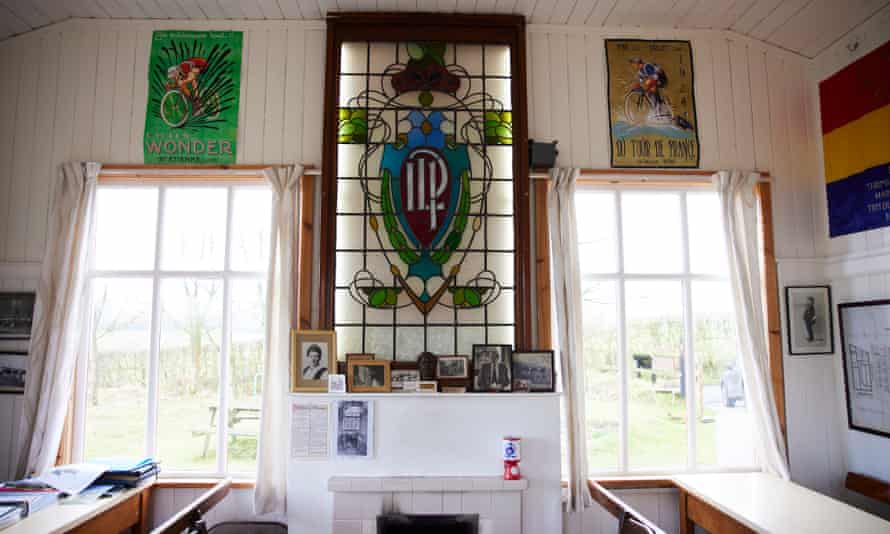
There are still a number of Clarion cycling clubs, and keen riders often make pilgrimages to this site – though, as happens with leftwing groups, there has recently been a rupture, with the National Clarion Cycling Club removing the word “socialism” from its constitution.
Clarion House is open to the public only on Sundays, though lots of walkers drop by during the week to enjoy their butties and cuppas on the wooden benches – many bearing memorial plaques to past members who were regular visitors. It’s in a great spot, with views down the valley to Blacko Hill, and is easily accessed by footpaths from Barley and Newchurch. It’s close to the Pendle Way and Two Roses Way. The summit of Pendle Hill is about an hour’s walk. Ten miles to the East, Boulsworth Hill looms over the Pennine Way.

Up close the house is actually not that red. But the front door, window frames and parts of the exterior wall and chimney are painted bright scarlet, and roof tiles are in a rich terracotta. Or maybe it was just me, searching for a ruddy beacon of hope among the sheep fields and posh villages.
All the best ideas have an element of utopianism within them. In my dream future UK, there are Clarion Houses dotted all over our regreened, rewilded nation, serving as waystations and watering holes on Slow Ways that join up all our hamlets and villages, towns and cities. That’s my clarion call for today.
Clarion House is on Jinny Lane between Roughlee and Newchurch, and is. open Sundays 10.30am-4pm
 Top Naija News: Nigerian News, Breaking News Nigeria and World News Top Naija News is a daily news publication in Nigeria, delivering the latest breaking news in Nigeria and around the world.
Top Naija News: Nigerian News, Breaking News Nigeria and World News Top Naija News is a daily news publication in Nigeria, delivering the latest breaking news in Nigeria and around the world.
